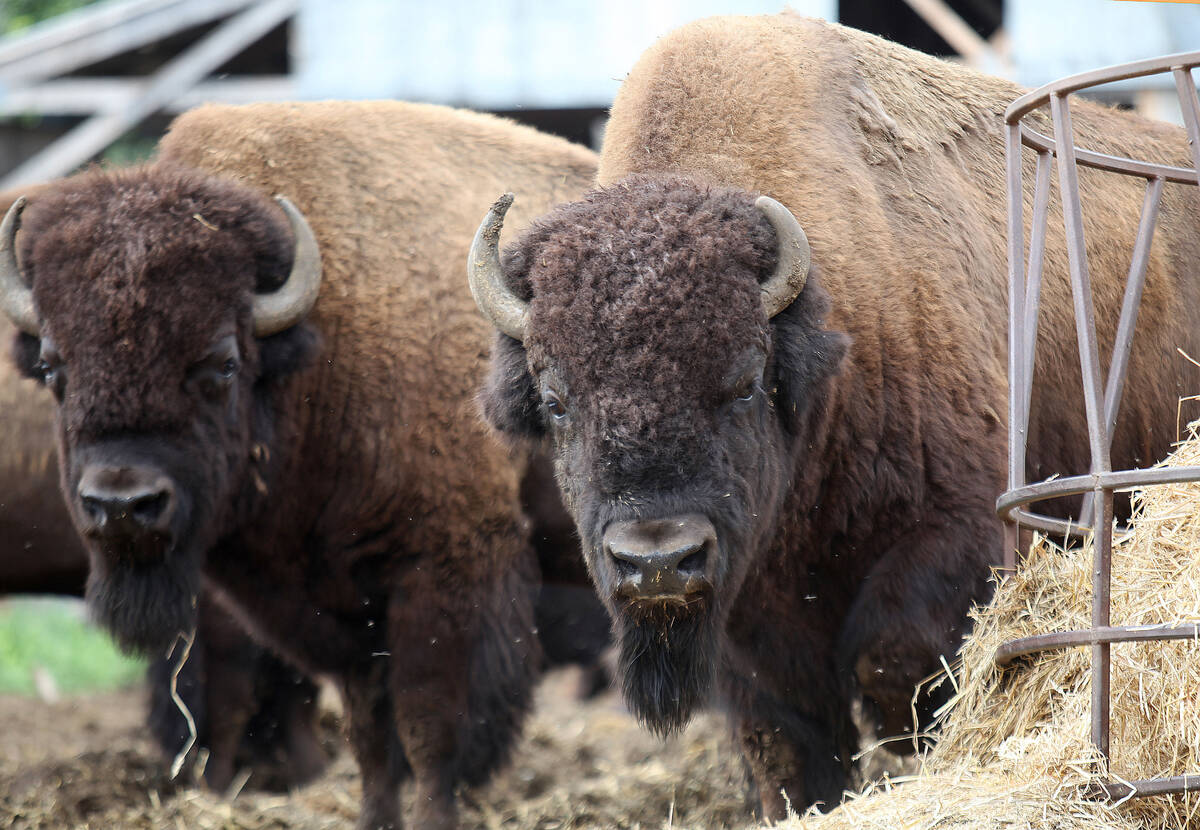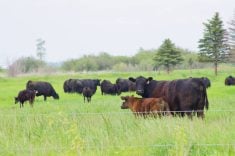A synthetic pheromone that mimics the scent of a lactating mother cow is starting to show its value in cattle handing.
It has measurable effects on cortisol and means that weaning, dehorning, branding, castrating and transportation all get a bit easier for farmers and the cattle.
When cattle don’t go all fighty and flighty, they eat better, vaccines work well and they gain faster. New tools like this are good for everyone.
Read Also

Reconciliation and farming require co-operation to move ahead
Indigenous communities in North America were cultivating crops such as potatoes and corn long before anyone from Europe had heard of the crops.
The product is called FerAppease, and I’m seeing it being adopted very quickly in the cattle sector.
I’ve spent most of my life around livestock, mostly cattle, and I well understand the value of calmer cattle.
Most livestock live out their days in relatively unstressful situations — lounging, grazing, eating feed delivered to them and socializing within their herd.
However, there are always times when you need to move them or handle them, and that’s a point of stress for both humans and animals.
Understanding how to calmly move cattle helps reduce this stress, and equipment has come a long way, as has human capacity in the sector. However, an added calming product would also be beneficial, especially in situations where it’s more than just moving them.
I’ve been lucky to learn from some of the top thinkers in calm animal movement as I attended seminars or worked on stories. Whether that’s Bud Williams (the originator of the Bud Box), Temple Grandin, veterinarians or the Cow Signals program, I’m a much more patient and successful mover of animals than I was in my rammier younger days.
Learning about flight zones and pressure points in animal movement was a lightbulb moment in my life.
There’s science behind why animals move with greater speed and desperation when being handled compared to when they’re lounging in the pasture or in the barn.
The fight or flight reflex is strong, especially in prey animals, and when the stress increases, so does their cortisol levels, which indicates that their body is primed for response. All the rest of their bodily systems are stuffed to the bottom of the to do list – food, reproduction and immunity – all the things important to a productive animal.
I remember growing up when a steer from a neighbourhood feedlot went for a days-long romp through fields and forests, hiding in mature corn fields and bush lots and having a grand old time.
When he was finally caught, the feedlot owner said he might as well do him in because the meat quality would be junk. That was new for me and was another good lesson – stress and meat quality don’t mix.
John Greig is the senior livestock editor with Glacier FarmMedia.


















